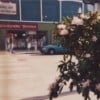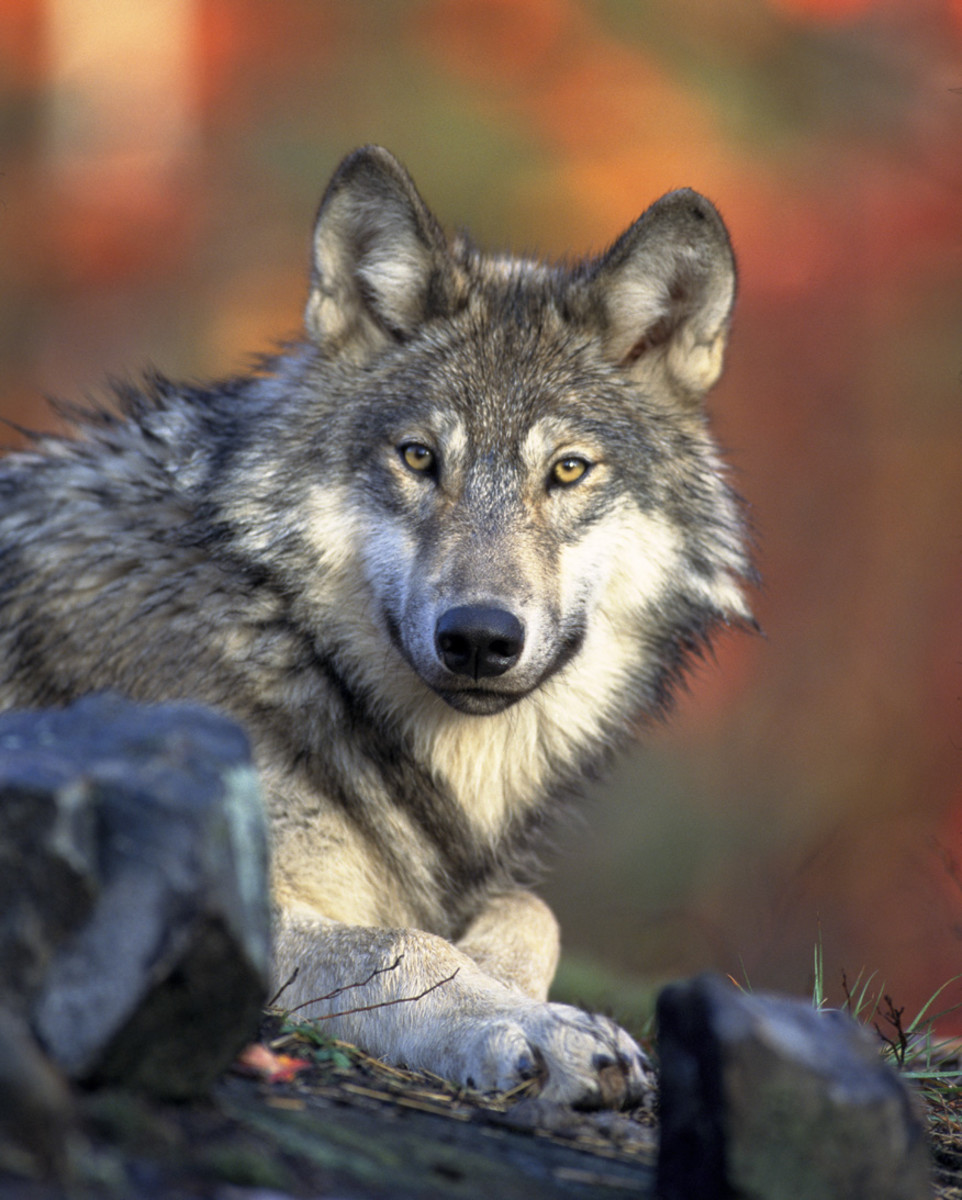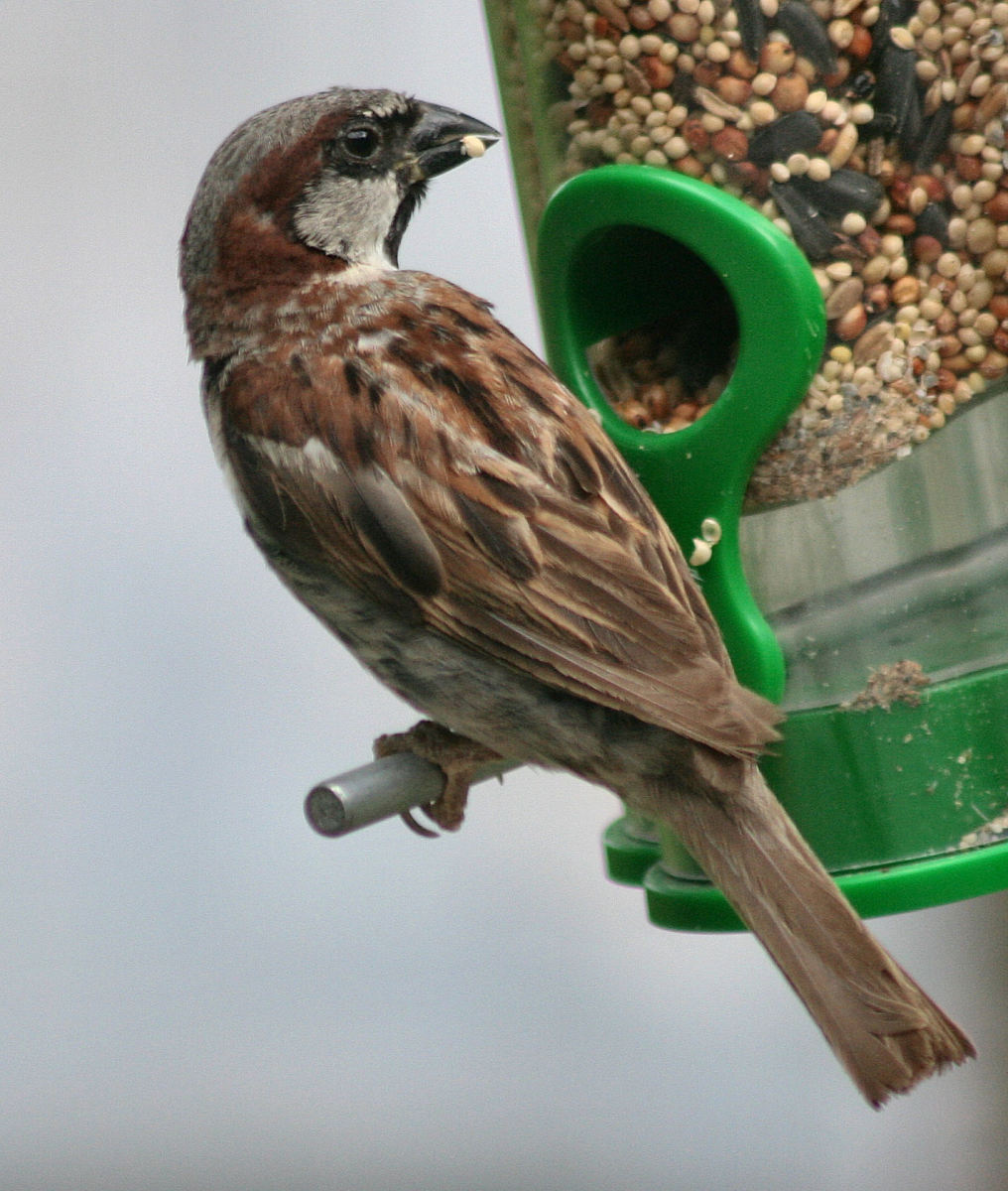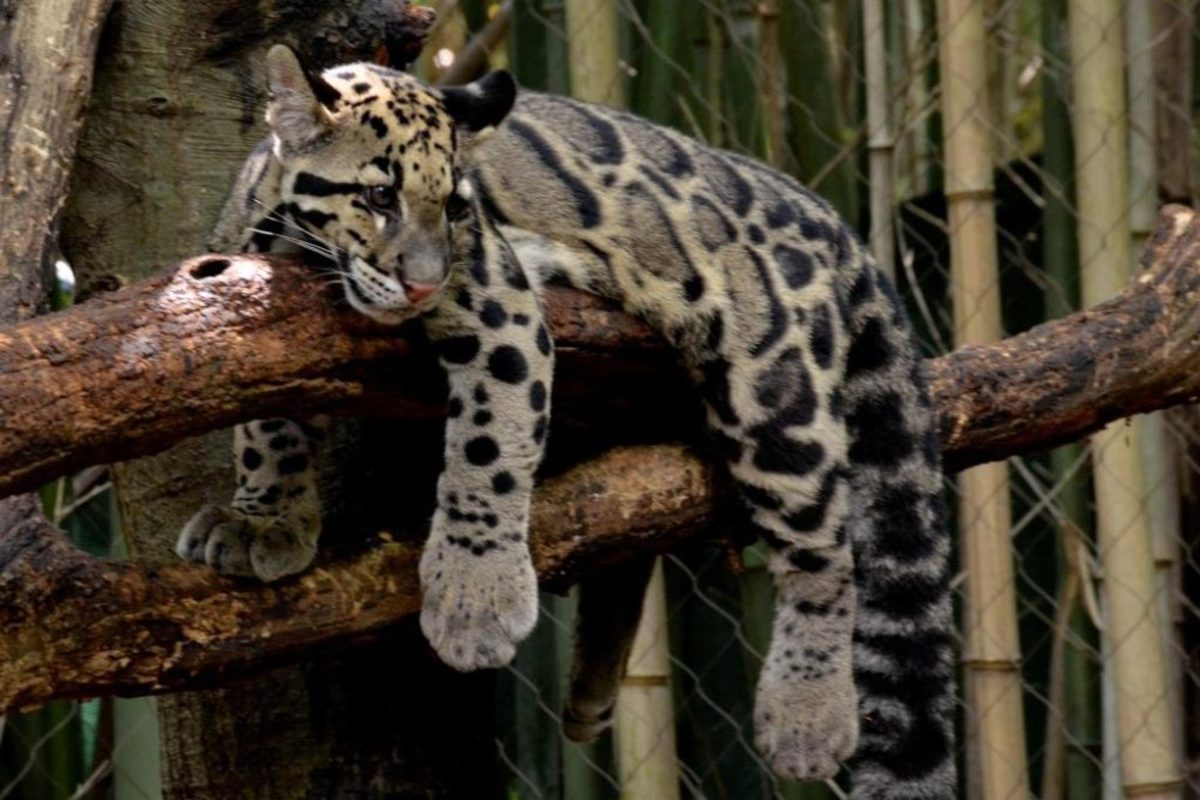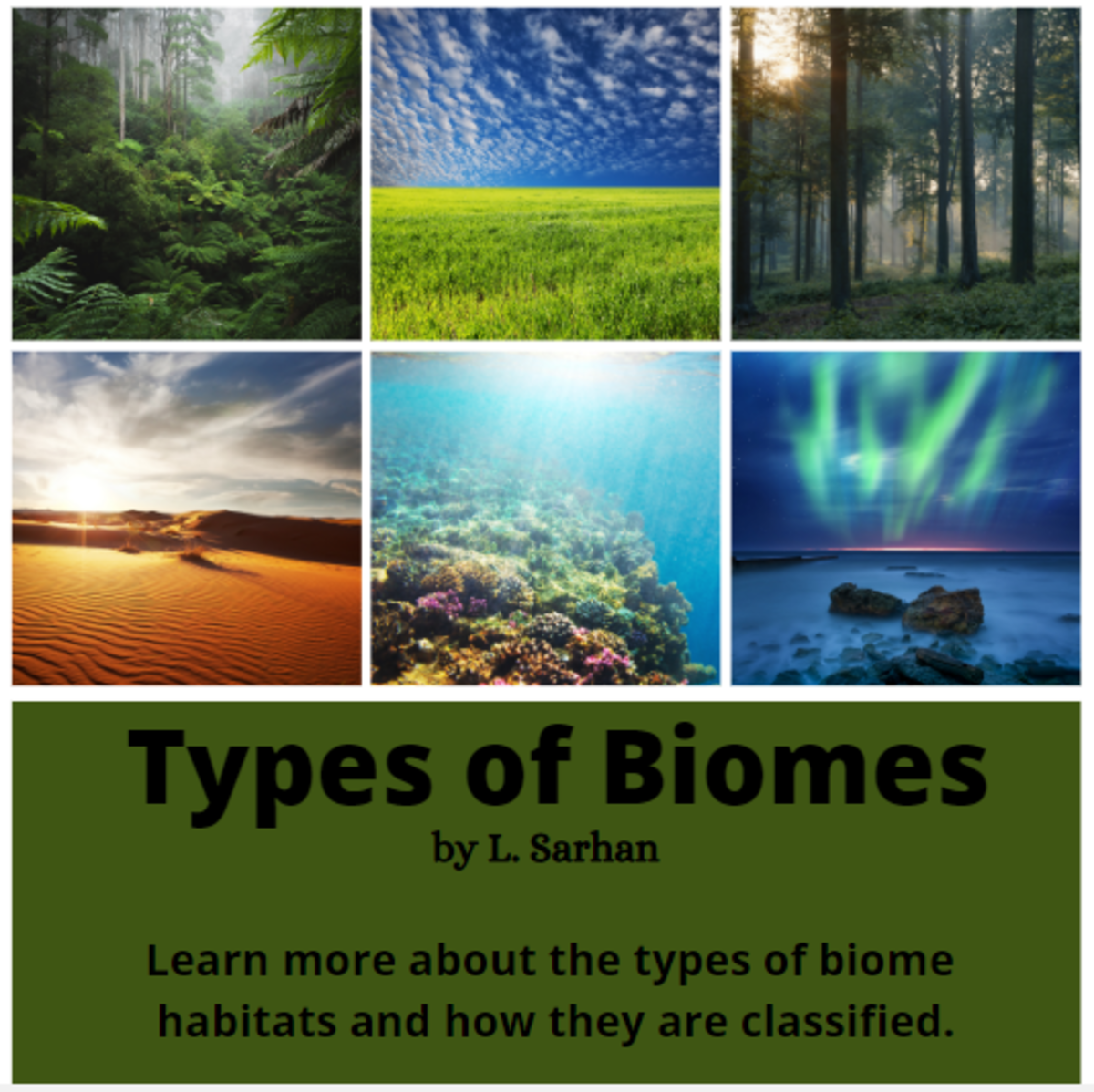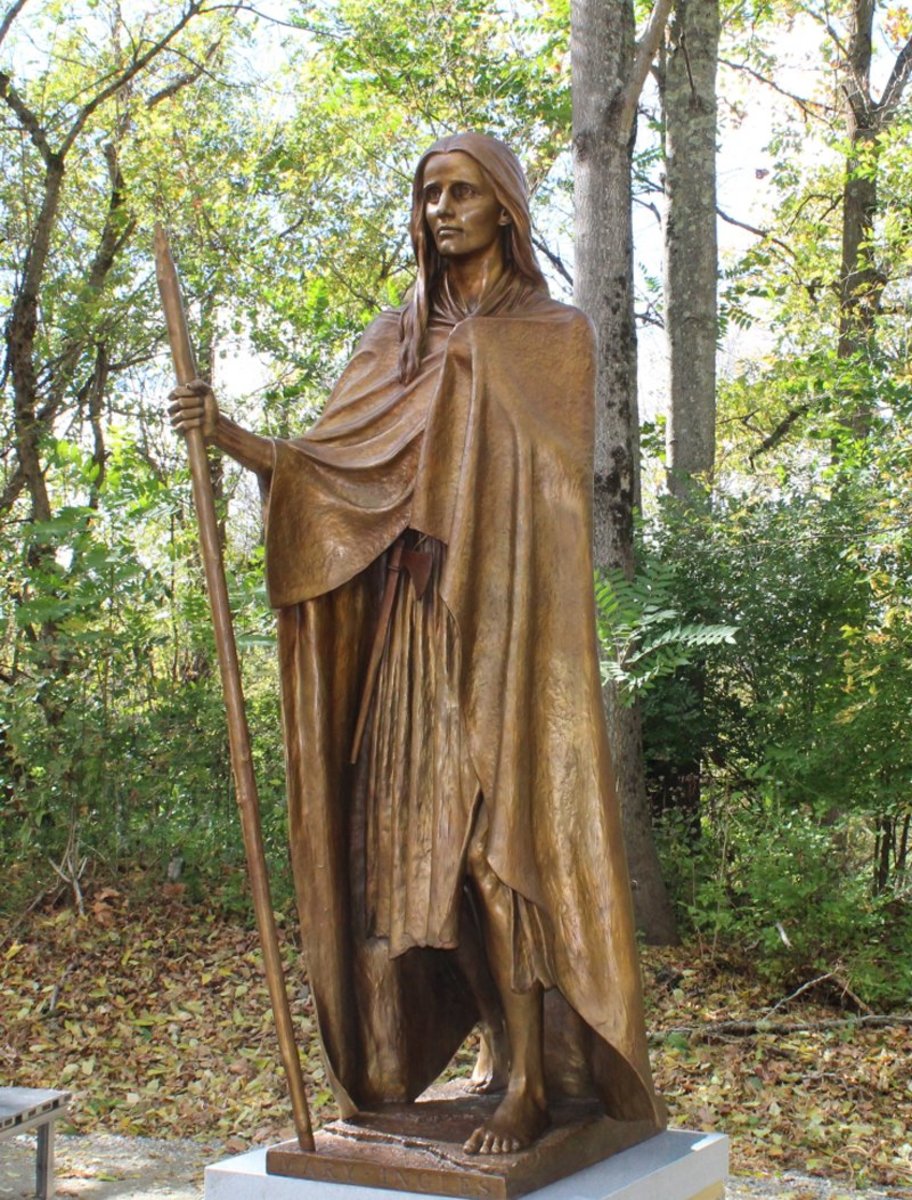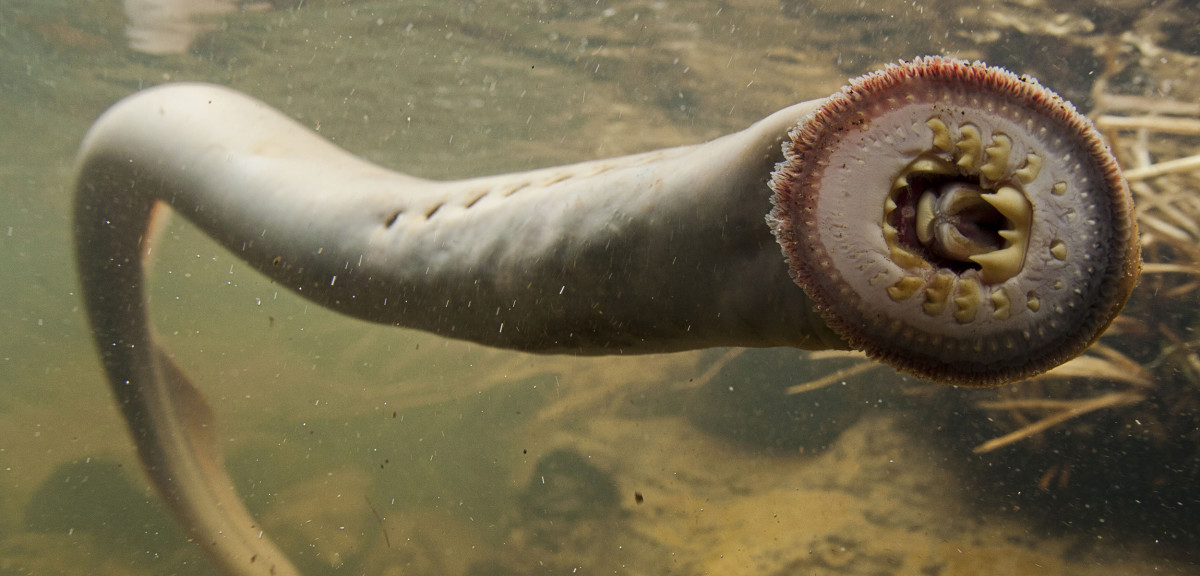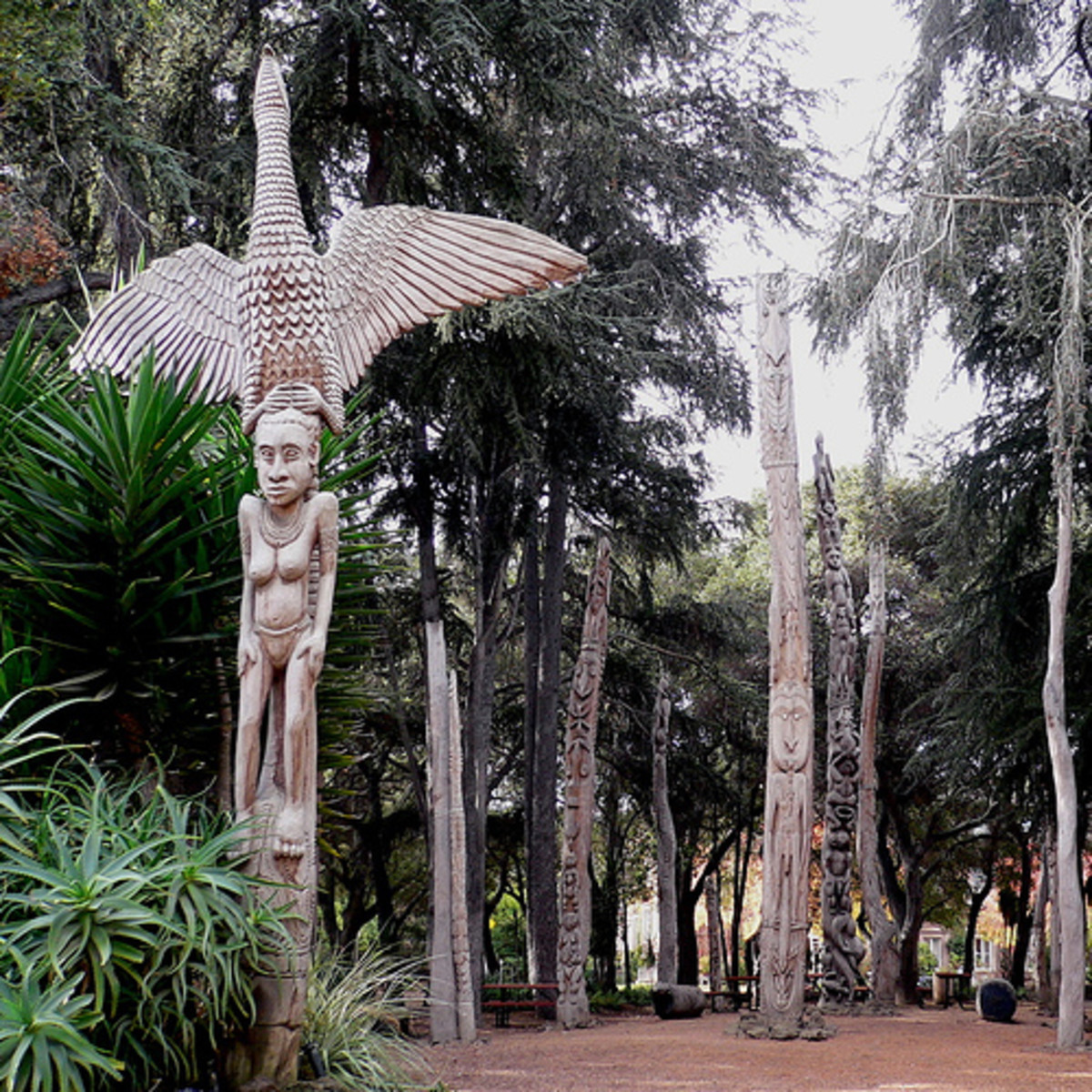Desert and Forest Ecosystems: Lesson Plans
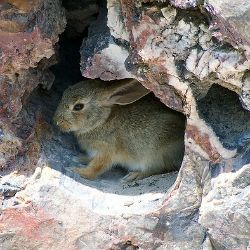
Habitat Boxes: Bring a Bit of Nature into Your Science Curriculum
Science comes alive when you bring a little bit of nature into the room. Luckily, even those who live in the city may find nature all around them. How about placing a little of your ecosystem into a habitat box?
It's something I've done. I taught for several years in the desert city of Tucson. My last year there, my students gathered bits of the Sonora Desert ecosystem: from palm fronds to pine cones to samples of sand and dirt. We used those bits of desert in our habitat study, then I gathered them into a heavy-duty recycled box that happened to be decorated with an orange, and...
That box traveled with me to the forest ecosystem of Seattle Washington. The following year my students gathered bits of our Pacific Northwest woods ecosystem-- cones and bark and woodland soil -- and placed them in a (nearly) matching box decorated with an apple. Those two boxes of habitat were the 'centerpiece' of our science center: We 'did' science. We compared and contrasted. We asked questions and carried out low-budget experiments.
Habitats are a standard part of the curriculum in the primary grades. Students can learn many basic science processes: how living things adapt to their environments, how they are interconnected, how changes in one part of a system affect other parts of the system...
On this page, I'll share my tips for teaching about desert and forest ecosystems, as well as some favorite nature study resources from around the web. There are a lot of wonderful materials and so many individual choices to make! It does help to have a sense of how your studies fit into the larger goal of science learning, though, so, for those new to teaching or homeschooling, I am also linking to the science standards.
Sonora Desert Habitat Box
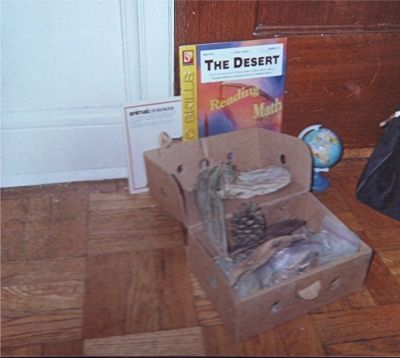
In My Habitat Center - Fun Items for Desert and Forest Ecosystem Exploration
- A box of forest relics
- A box of desert relics
- Sand, soil... and magnifying glasses
- Flannel board animals and habitats
- Poster diagrams of the forest and the desert
- Small plastic play animals
- Picture books
- Activity books
- Decaying leaf (and other science experiments)
The Sonora Desert - (Not far from where we collected those first habitat boxes!)

Discussion Question: How do other living things rely on the saguaro to meet their basic needs? (How does it provide shelter? What about water?)
Before You Collect:
Remember not to disturb the ecosystem. Take former living things, not living things -- and make sure you don't remove anything from protected areas.
An Ecosystem Concept: Adaptations - A Fun Introduction for the Elementary School Set
"Adapt, adaptation, changes in the body to fit the location!" This video is a good way for primary school children to remember the word 'adaptation' and to understand some of the ways that animals can be adapted to live in a dry climate. This is an important concept for a study of desert habitats... and also helps develop the general concept of habitat.
It's essential to understand the general concept that things are adapted for the desert; it's also important to note that we don't find exactly the same living things in all the deserts of the world. Those camels didn't live in the same desert I did.
Spotlight on Rabbits and Hares - Adaptation, adaptation...
Rabbits and hares are masters at adaptation wherever they are found. Members of this ubiquitous group of mammals aren't quite the same from one climate to the next. One of the more obvious differences between the snowshoe hare and some of his bunny cousins is the fur color. Another difference is the design of the hind legs -- the hare's big hind legs are well suited to Northern climates.
How about talking about how (and why) one type of animal has different chaacteristics in different parts of the world? Below you'll find an overview of rabbit and hare adaptations, and a simulation that shows why the snowshoe hare's white winter fur is crucial to its survival. Students can extend the activity by coloring bunnies (and hares) to match different terrain in their own room.
The activity is from Utah Education Network; you will also find links to a lot of other cool sites.
- Rabbit/ Hare Adaptations
Comparing the snowshoe hare and the cottontail rabbit.
Desert Flannel Board Figures
Even in this digital age, children enjoy manipulating toys in pretend play -- and it's an important part of their development.
This set features animals the North American (Sonora) desert -- probably not so far from my former home. The saguaro is surely a familiar sight!
I have enjoyed using Bette Lukens' beautiful flannel figures in the classroom across a period of years. The photo down below shows one of her forest habitats. It's from my own set.
Flannel Board Forest Animals
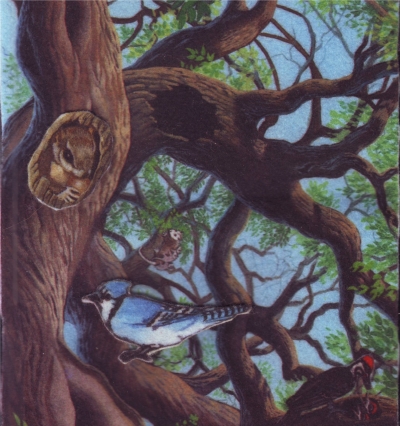
Doing Science: Experimentation - Science experiments don't have to be fancy or expensive. They can be as simple as bringing in some decaying leaves and placing
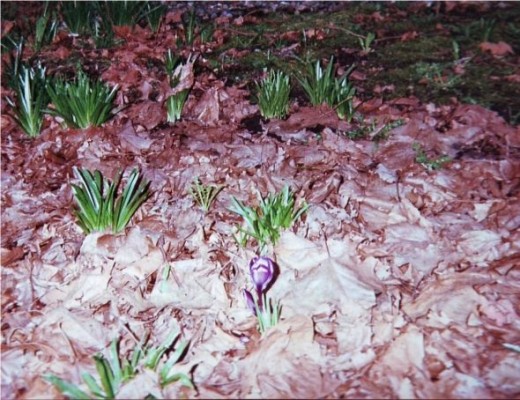
Students can ask questions, make hypotheses and record observations of their decaying leaf. Don't forget to include some science vocabulary like hypothesis and variable -- that will make it easier come standardized test time.
Note: When you make your Venn diagram (comparing and contrasting desert and woodland habitats), you can note that these same life processes take place in all ecosystems. Knowledge of systems -- the way parts work together -- is an important foundational concept.
And when you catch sight of flower, rising from a pile of leaves, that can be a good time for a review!
Explore Backyard Ecosystems with the US Fish and Wildlife Service - For the Elementary and Pre-Kindergarten Crowd
From the US Fish and Wildlife Service comes Neighborhood Explorers, an online simulated nature club that let's children earn points for playing science games -- and for going out and recording the nature that they find in their very own backyard habitats. (No personally identifying information is collected, and children need a password only if they want to save their badges online.)
- Neighborhood Explorers Online Science
Children enter a simulated club where they earn points for science games and habitat exploration.
Activity Sheets For Learning Scientific Processes
Science processes can be taught with graphic organizers: Children can compare and contrast habitats or organisms with Venn diagrams and record changes over time with observation sheets or notebooks...
You can use hula hoops, jump rope or string to make your Venn diagrams. Use words, pictures, and objects to show what's the same and what's different about different lands. You might, for example, write the word water or make a pictorial representation of water in the middle circle to show that all habitats have water in some form.
- Venn Diagram
What's the same about the desert and the forest? What's different? - Science Observation Sheet
Record changes over time. (How are those leaves doing?) - Worksheets: Scientific Method
Links to worksheets about the scientific method, from Love to Know.
Forest Friends - Raccoons and humans live side by side in Seattle and other forest cities.
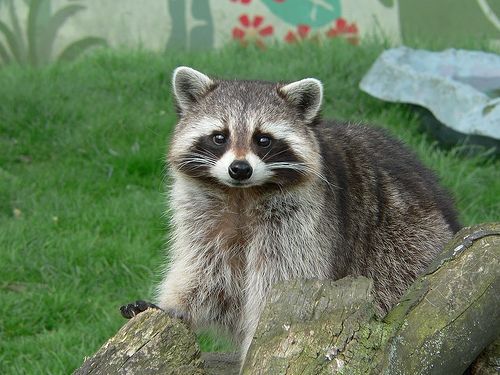
Things to consider: Why do some animals become endangered when humans encroach? How do species like the raccoon adapt?
Find More Beautiful Animal Photos... - For Nature Studies, Lapbooking, and Creating Digital Products
- Free Animal Photos
These beautiful photos, classified by animal type (which is a lesson in itself) are licensed for use under a creative commons license.
Lesson Plans for Teaching Habitats - Dioramas, Simulations, Worksheets, and More
- Learn about habitats through video watching and creation
Even if you don't have the exact resources listed here, you can still get a sense of what can be learned through watching videos and slideshows and putting together your own digital work - Make the desert with Wikki Stix
Wikki Stix animals -- now that's something we didn't have in our desert habitat center! - Teachnology science lessons
Here are a lot of environmental lessons from Teachnology. - Habitats/ biomes lessons and worksheets
Here's some habitat fun from ABC Teach. Print out some flashcards and worksheets -- and sort animal crackers by habitat. You'll find a sampling of habitat worksheets available for free download. Additional ones are available to members. - Habitat craft
This one is for young kids: Create a habitat in a shoe box. (Understanding how models represent systems is a science goal.) - Investigate an ecosystem
Here are fun ideas for exploring the world outside. - Resources for studying the earth's forests
Articles, definitions, and (wow) take a virtual walk... - Biome in a Box
This is a fun activity for creating a model of a biome. - Forest management simulation
This is a simulation appropriate for older science/ social studies students. - Habitat Research Lesson Plans
Lesson plan (with worksheets) for teaching elementary schoolers (grades 3-5) to research habitats. - Read Natural Geographic Young Explorers Online: Pollination
You can meet the pollinators in this online magazine. (Science that's comprehensible for the K-1 crowd.) - A Walk in the Forest
This blog post, from iLearn Technology, explains how to extend the simulation "A Walk in the Forest" and use it effectively in the classroom.. - Plants and Greenhouse Gases
Plants have multiple functions within an environment. Here you can explore one of those functions. - Integrating Literature with Habitat Study
Here are seven lesson plans, designed by a participant in Colorado Unit Writing.
A Model of a Temperate Ecosystem
This child made a model of the temperate forest with celery stalks forming the trunks, branches, and leaves. If you try something like this, better get your camera or web cam handy -- celery stays young for an even shorter time than kids do!
It's also a good idea to talk about what each item represents -- not just what physical object it represents but what role it plays in the habitat.
(In the resource list, you'll find some ideas for creating your own biome in a box.)
If You Don't Have the Woodlands in Your Backyard... - Try some woodlands manipulatives
Here is a bulletin board activity that reinforces geography concepts as well as science. Children can place the reusable forest stickers onto the map to show where different critters live. They can also compare the temperate forest (or woodlands) with other types of forest.
Eureka also makes a bulletin board set that introduces the concept of habitats.
Environmental Learning on Vacation
Excursions, both day trips and extended vacations, are a chance to explore the world. Even if you live in a very urban area, there's apt to be land not too far away. If you have the resources, you may want to participate in structured activities or tours.
- Summer Family Vacation in Minnesota
Nature exploration in Minnesota
More Poetry About Forest Habitats
What's described in this Robert Frost poem is the basic cycle of life, common to forest and desert ecosystems. It's a good poem for fall.A lot of people have happened into this page recently looking for habitat poetry. That got me thinking. What, besides the Robert Frost poem "Hardwood Groves" do I recommend? "Tuft of Flowers" (also by Frost) is a contemplation of environmental themes, but it's suitable mainly for mature readers.
Ralph Waldo Emerson also has some great ones. In "The Fable", you can ponder the squirrel and it's place in the world -- this one is intended for children. "The Rhodora", meanwhile, is about a forest flower; it's for slightly older readers. . Mature readers may want to stroll about "The River" while pondering riparian habitats.
You can also find collections of public domain nature and tree poems on several well-known sites.
- Ralph Waldo Emerson Poems
Ponder some nature themes. - Tree Poems
A large collection of tree poems, from Poem Hunter. - Nature Poems
From The Poetry Archive.
Video: Building a Desert Diorama
This is a project for older kids: They can build a desert oasis out of inexpensive modeling compound. You'll find videos like this for other lands as well -- Papa Tom knows how to build!
Kits for Desert and Forest Dioramas
Scene a Rama is the company that Papa Tom promotes with his diorama-building video tutorials. The company has quite a line of products for the student who strives for realism. You can find materials for deserts, mountains, even riparian habitats. There are also foliage kits and water kits. Fake water can be very striking in a miniature setting (though of course there's also charm in what children create themselves out of construction paper).
Shoe Box Habitats to Color
- Desert Shoebox Diorama Printables
Your children can print, color, and assemble this desert habitat.
Woodland Animals for Dioramas... and Play
Dioramas don't have to sit on a shelf in the garage. You can use small toy animals to create a playable habitat diorama. This set includes one each of a number of well-known North American species,including beaver, raccoon, white-tail deer, and black bear. (There is a separate set available with species that live in and around rivers. Seattle is not a river species, but there are some things that look familiar.)
Science Standards - Integrating Scientific Methods
Science is not just a body of knowledge. It's a way of thinking: questioning, hypothesizing, setting up experiments where just one variable differs and the rest are controlled... Yet I've known children as old as middle school who, when asked how scientists gain knowledge, said they get it from books. They have fallen behind on some of the standards.
Here are links to the standards and grade level expectations from my own state, Washington, as well as from other states and national organizations. State boards can provide a surprising wealth of resources -- for teaching as well as assessment.
- Washington Science Standards and Grade Level Expectations
Find science learning goals organized by grade level. - California Science Standards by Grade Level
These California standards are also organized by grade level. - National Science Standards
What are the ultimate goals of a science education? - New York Standards: The Living Environment
This PDF explains, in detail, the goals of this branch of science.
Showcase Your Learning With Lapbooking, Notebooking... - Or Digital Lapbooking
- Science Notebooking
In the public schools, students often use notebooks to record their learning as they 'become' scientists. You can do the same thing at home with a three-ring binder. - Mixbook Digital Storytelling
You can create a digital project to showcase your habitat learning. - How to Create an Animal Lapbook
Homeschoolers often use lapbooks to record and organize learning. This site includes information on how to research the animal as well as showcase learning.
Credits
With the exception of the raccoon and bunny pictures, the photos are mine.
- Raccoon Picture
Flickr, Creative Commons - Bunny
Petrified Forest Ranger, Flickr
You can share ideas and responses here.
